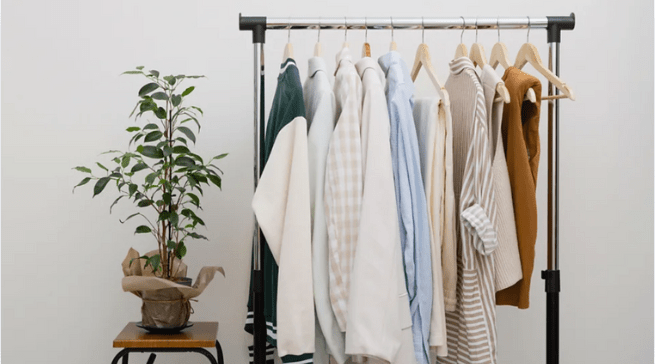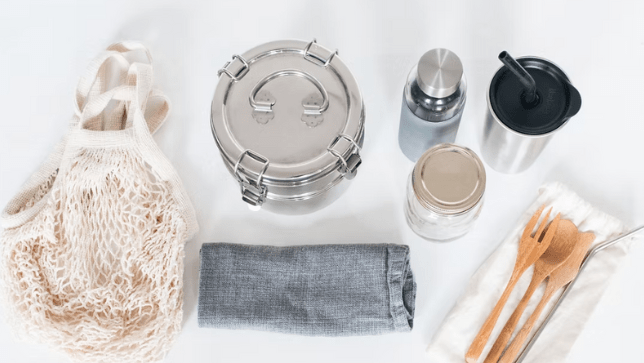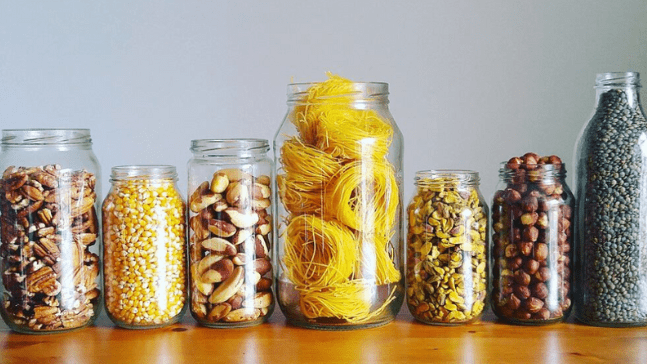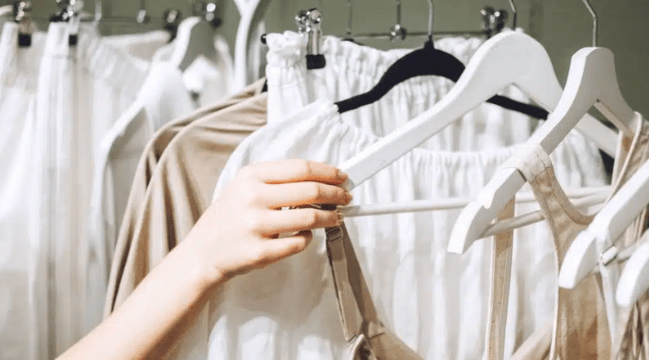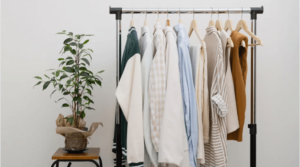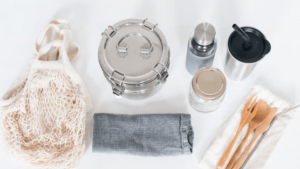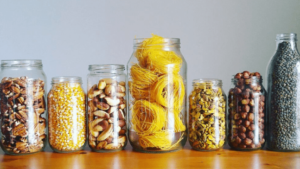Why Teens Should Care About Sustainable Fashion
-
Environmental Impact of Fast Fashion:
Fast fashion’s rapid trends mean mountains of textile waste, water pollution, and high greenhouse gas emissions. Teens, who often update wardrobes seasonally, contribute heavily to this cycle. -
Ethical Concerns:
Many clothes are made under unsafe conditions with unfair wages, affecting workers (especially women) in developing countries. Supporting sustainable fashion promotes fair labor and safer workplaces. -
Empowering a Generation:
Teens have powerful social influence. Choosing sustainable fashion allows them to express their values and encourage peers, brands, and communities toward greener, fairer practices.
How Teens Can Build a Sustainable Wardrobe
-
Shop Secondhand and Vintage:
Thrift stores, consignment shops, and online resale platforms like Depop and Poshmark offer unique, affordable, and sustainable clothing. -
Choose Quality Over Quantity:
Invest in durable, well-made items rather than many cheaply made, short-lived pieces. -
Opt for Eco-Friendly Fabrics:
Look for organic cotton, hemp, linen, Tencel, and recycled fabrics which have a smaller environmental footprint. -
Support Ethical and Transparent Brands:
Research brands’ sustainability efforts, labor conditions, and materials before purchasing. -
Go Minimalist and Versatile:
Build a wardrobe with classic, mix-and-match pieces that reduce the total number of clothes needed.
Sustainable Materials Popular in Teen Fashion
-
Organic Cotton: Grown without harmful chemicals.
-
Hemp: Durable, breathable, and low-resource.
-
Tencel/Lyocell: Soft, eco-friendly fibers from sustainably harvested wood pulp.
-
Upcycled Polyester: Made from recycled plastics, reducing landfill waste.
-
Linen: Biodegradable and softens with wear.
Sustainable Brands Teens Love
-
Patagonia: Environmental activism-focused casual wear.
-
Girlfriend Collective: Inclusive activewear from recycled materials.
-
Everlane: Transparent pricing and sustainable production.
-
Allbirds: Comfortable footwear made from sustainable materials.
-
Reformation: Stylish sustainable fashion reducing waste.
-
Tentree: Plants ten trees per purchase.
Tips for Maintaining Sustainable Fashion Habits
-
Wash clothes less frequently and with cold water to save energy and prolong garment life.
-
Mend clothes to reduce waste.
-
Donate or swap clothes with friends to keep wardrobes fresh.
-
Avoid fast fashion brands with poor sustainability records.
-
Share sustainable fashion knowledge with friends and encourage their participation.
Challenges and Solutions for Teens
-
Budget: Secondhand shopping and thrifting offer affordable sustainable options.
-
Peer Pressure: Mix trendy items with timeless basics and educate friends on slow fashion benefits.
-
Limited Local Options: Use online platforms and brands that ship widely.
Conclusion
Sustainable fashion for teens is a fun, empowering way to express personal style while caring for the environment and society. By embracing secondhand shopping, ethical brands, quality pieces, and eco-friendly fabrics, teens can build wardrobes that last and reflect their values.
Start today to join the growing movement of young people creating a sustainable, stylish future.
FAQs for Teens About Sustainable Fashion
Q1: What is sustainable fashion for teens?
A1: Fashion made with eco-friendly materials, ethical labor, and a focus on durability and waste reduction.
Q2: Are sustainable clothes more expensive?
A2: Some pieces cost more upfront, but secondhand buying and investing in durable clothes saves money long term.
Q3: Can I still follow trends with sustainable fashion?
A3: Yes, many sustainable brands offer trendy pieces, and mixing basics with statement items works well.
Q4: How should I care for sustainable clothing?
A4: Wash less, use cold water, air dry, and mend small damages to extend lifespan.
Q5: Where can teens buy sustainable fashion?
A5: Thrift shops, resale websites, and sustainable brand online stores.
Q6: How can I encourage friends to try sustainable fashion?
A6: Share resources, organize clothing swaps, and lead by example with your choices.

